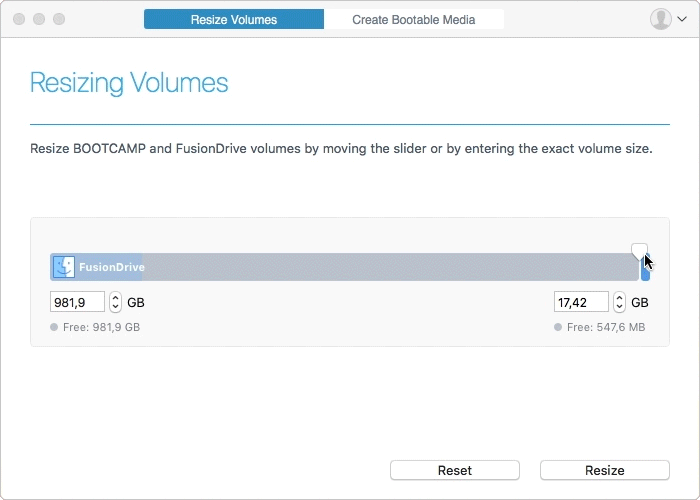What Program On Mac To Use For Image Resizing
In my everyday work, resizing images is a fairly common task—for example, I frequently need to convert high-resolution product images down to 200-pixel versions for use in online. Although there are of graphics applications out there that can perform such a task—including the excellent ( )—many of those apps are overkill if all you really want to do is resize a folder of images. (Not to mention that some are quite expensive for such a basic task.) So I’ve been looking for a quick-and-easy-and-cheap solution. My search was further limited by a particular feature need: the ability to specify the maximum size of an image in either dimension, height or width. You see, many graphics apps let you resize images to a maximum height or width. But if your source images are a mix of horizontally- and vertically-oriented pictures, such an approach results in one of those groups being improperly resized. (For example, if you choose to proportionally resize images to 200 pixels wide, your vertical images will end up being taller than 200 pixels.) I needed an app that lets me say, “Resize these images so that the longest side is 200 pixels.” For a while I was actually using an Automator workflow I’d created for just this purpose.

Best Free Program On Mac To Create Movie
But I recently found several better solutions, all “donationware” (payment requested, but not required for use). Note that these app are all limited to working with JPEG images. The first is KStudio’s ( ). Although it hasn’t been updated since January of 2005, it worked flawlessly in my testing. Drag a folder of images onto Resize’s icon in the Dock or Finder (or into its window if the application is already running), and a dialog pops up with options for resizing the images in that folder. You choose the size and proportionality of the resize action—in my case, I set the Size value to “200” with the option for “Biggest,” meaning the longest side, chosen. (One other unique feature here is that you can choose the desired height and width—many apps let you choose only one or the other.) You can also choose the quality of the resulting JPEG images; to increase the size of smaller images to fit your preferred image size; and to reformat image names to remove spaces and special characters (or even to use “8.3” DOS file names).
Resize creates a new folder, at the same level as the source folder, containing the altered images, which are in JPEG format regardless of the input format. One glitch I found with Resize is that whenever I accessed its Help system, I was presented with the following message: “This application uses unregistered plugins from Monkeybread Software. How to enter foot note in word for mac.
Please visit out website at www.monkeybreadsoftware.de/realbasic and register the plugins. Thank you.” Which leads me to believe that KStudio used Monkeybread’s RealBasic plugin for Resize’s Help dialog, not for the application itself.
If you, on the other hand, need to do batch resizing of images, check out my article 5 Quick & Easy Mac Automator Hacks for Digital Photos 5 Quick & Easy Mac Automator Hacks for Digital Photos Read More on using Automator for this purpose. FreeSizer is an easy to use tool to quickly create resized copies of your pictures that can be sent by email or uploaded to the web. Simply drag and drop one or more photos into the list, select a resizing profile and click a button! No need to fiddle with height, width and compression settings - FreeSizer comes pre-configured for most popular uses.
A similar solution, more powerful but not quite as simple to use, is Fabien Conus’s ( ). Like Resize, you drag a folder—or multiple folders—of images onto SmallImage’s icon or into its window; you’ll then see a listing of the folder(s) and enclosed images. (One advantage of the list approach is that you can selectively remove images from the list to avoid altering them.) You choose the type of scaling (resizing): Relative (percentage) or Fixed, with the latter providing options for width, height, smallest side, largest side, maximum width, or maximum height. You can also add a suffix to the names of resized files, remove or add thumbnail icons, and re-compress the resulting images. A unique option is the ability to strip any or all ICC, EXIF, IPTC, Finder, or other profile information from images—for privacy or to reduce the size of images. (This “information scrubbing” can be performed without actually altering the image.) SmallImage saves the modified images in the same directory as the originals; you can even replace the originals if desired.
SmallImage 2 also has a few other features that go beyond resizing. By clicking the Info button in the toolbar, you can view detailed information about each file: quality, file info, dimensions, metadata, camera info, and EXIF info. You can also view a small preview of an image (although you have to manually click the preview button for each image). Finally, you can save presets of image settings for future use. Finally, fans of contextual menus will enjoy Pixture Studio’s ( ).